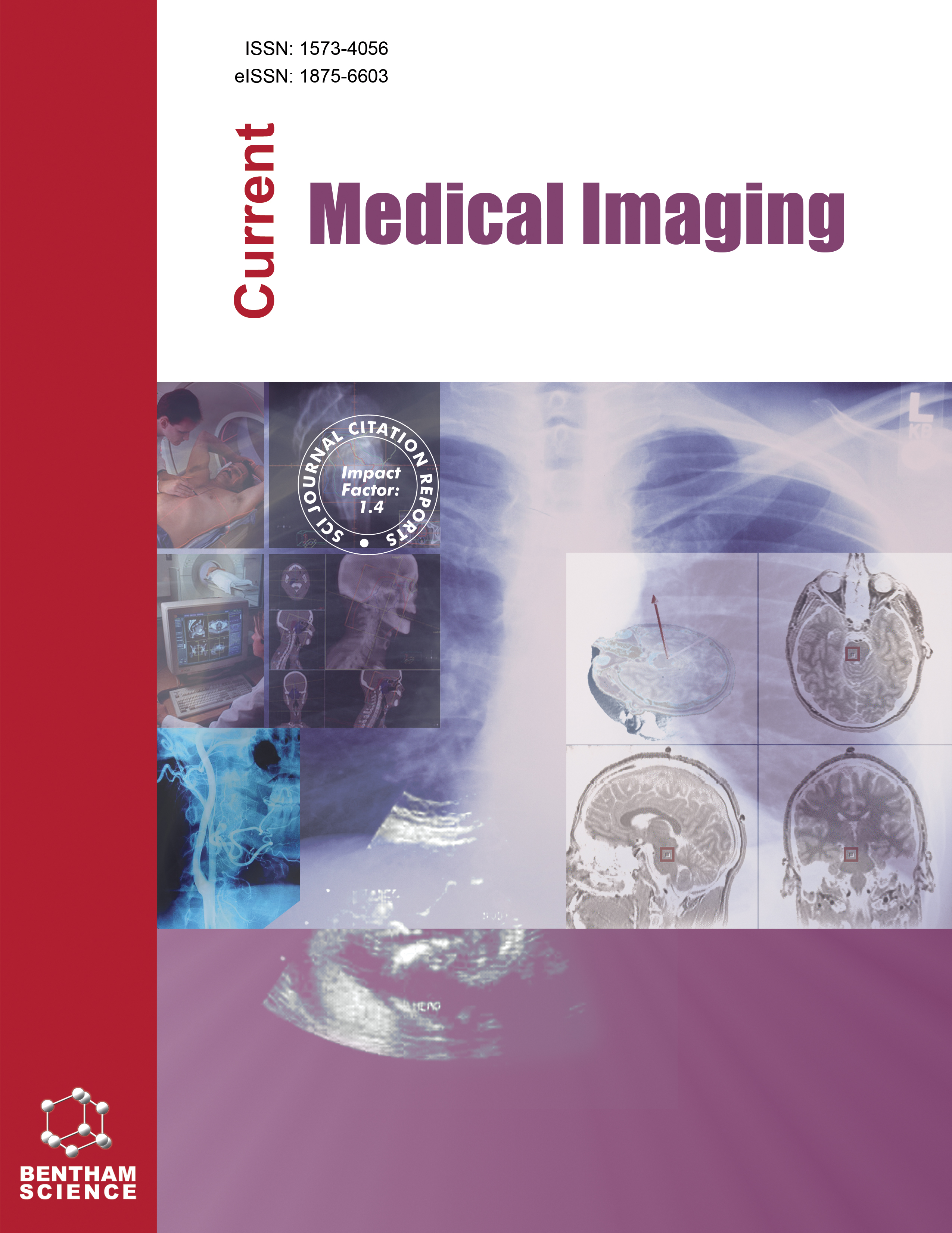-
oa Gait Analysis of Knee Joint Walking Based on Image Processing
- Source: Current Medical Imaging, Volume 20, Issue 1, Jan 2024, e15734056277482
-
- 17 Oct 2023
- 13 Mar 2024
- 01 Jan 2024
Abstract
With the in-depth development of assistive treatment devices, the application of artificial knee joints in the rehabilitation of amputees is becoming increasingly mature. The length of residual limbs and muscle strength of patients have individual differences, and the current artificial knee joint lacks certain adaptability in the personalized rehabilitation of patients.
In order to deeply analyze the impact of different types of artificial knee joints on the walking function of unilateral thigh amputees, improve the performance of artificial knee joints, and enhance the rehabilitation effect of patients, this article combines image processing technology to conduct in-depth research on the walking gait analysis of different artificial knee joints of unilateral thigh amputees.
This article divides patients into two groups: the experimental group consists of patients with single leg amputation, and the control group consists of patients with different prostheses. An image processing system is constructed using universal video and computer hardware, and relevant technologies are used to recognize and track landmarks; Furthermore, image processing technology was used to analyze the gait of different groups of patients. Finally, by analyzing the different psychological reactions of amputees, corresponding treatment plans were developed.
Different prostheses worn by amputees have brought varying degrees of convenience to life to a certain extent. The walking stability of wearing hydraulic single axis prosthetic joints is only 79%, and the gait elegance is relatively low. The walking stability of wearing intelligent artificial joints is as high as 96%. Elegant gait is basically in good condition.
Image processing technology helps doctors and rehabilitation practitioners better understand the gait characteristics and rehabilitation progress of patients wearing different artificial knee joints, providing objective basis for personalized rehabilitation of patients.


